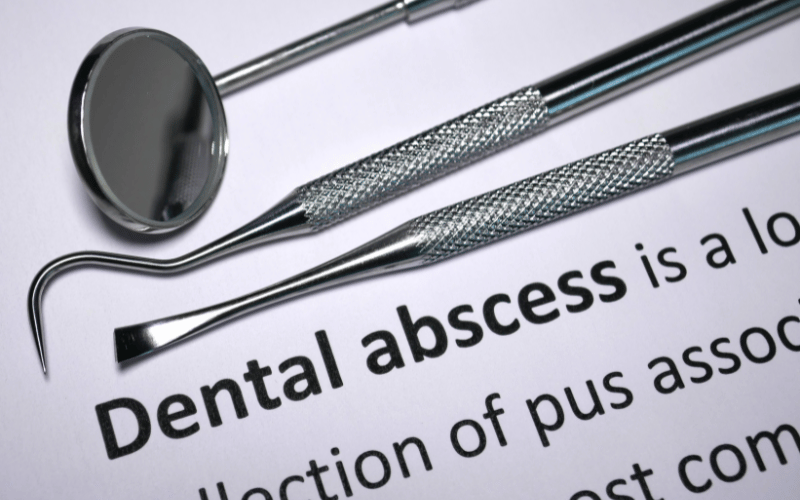Introduction: Starting the Conversation on Dental Abscesses in Children
When it comes to our children’s health, nothing strikes the heart of a parent more than seeing their child in pain. Dental abscesses, a form of persistent toothache often accompanied by swelling and sometimes fever, can be a source of significant discomfort for our little ones. This condition, though common, is not to be taken lightly, as it can signal an infection that may have serious implications if left unchecked.

Understanding what a dental abscess is becomes the first step in tackling this oral health adversary. In essence, it’s an infection at the root of a tooth or in the gums that has accumulated pus, a byproduct of the body’s immune response to bacterial invasion. While dental abscesses can occur at any age, children are particularly susceptible due to their developing teeth and sometimes inconsistent oral hygiene habits.
The journey of a parent navigating through the landscape of a child’s dental abscess is fraught with concerns and questions. What causes an abscess? How can it be prevented? What are the signs that signal a trip to the dentist is imminent? And most importantly, how can it be treated effectively to provide relief to our suffering child?
This article aims to shed light on these pressing questions. By equipping parents with the knowledge they need, we can transform concern into action, ensuring that our children’s smiles remain bright and healthy. So, let’s delve into the world of pediatric dental health and demystify the dental abscess. Through understanding and proactive care, we can safeguard our children against this painful condition and ensure their well-being.
1. The Silent Invasion: How Bacteria Triggers Dental Abscesses in Children

The roots of a dental abscess are often found in the silent and gradual process of bacterial invasion. When bacteria find their way into the inner sanctums of a child’s tooth, either through a cavity, a crack, or a traumatic injury, the stage is set for an abscess to form. The body, recognizing these invaders, mounts an immune response, leading to the collection of pus and the onset of swelling and pain that characterizes an abscess.
The intricate interplay between bacteria and the body’s defenses is complex, and the presence of an abscess signifies a battleground beneath the surface of the gumline. Children, with their love for sweets and occasionally lax oral hygiene, can inadvertently provide the perfect conditions for bacteria to thrive. The resulting infection may remain localized, or it may spread, threatening not only the health of the affected tooth but also neighboring teeth and, in severe cases, beyond.
Despite the commonality of cavities in children, not every cavity leads to an abscess. It’s a specific combination of factors, including the presence of bacteria, the condition of the tooth, and the child’s immune response, that determines the likelihood of an abscess forming. Recognizing the early signs of a cavity and addressing it promptly can halt the progress of bacteria before an abscess has a chance to develop.
The lesson here is one of vigilance and prevention. Regular dental check-ups, proper brushing and flossing habits, and a diet low in sugary snacks can all play a role in preventing the conditions that allow bacteria to cause an abscess. When parents and caregivers understand the bacterial origins of dental abscesses, they can take proactive steps to protect their children from this painful condition. (1)